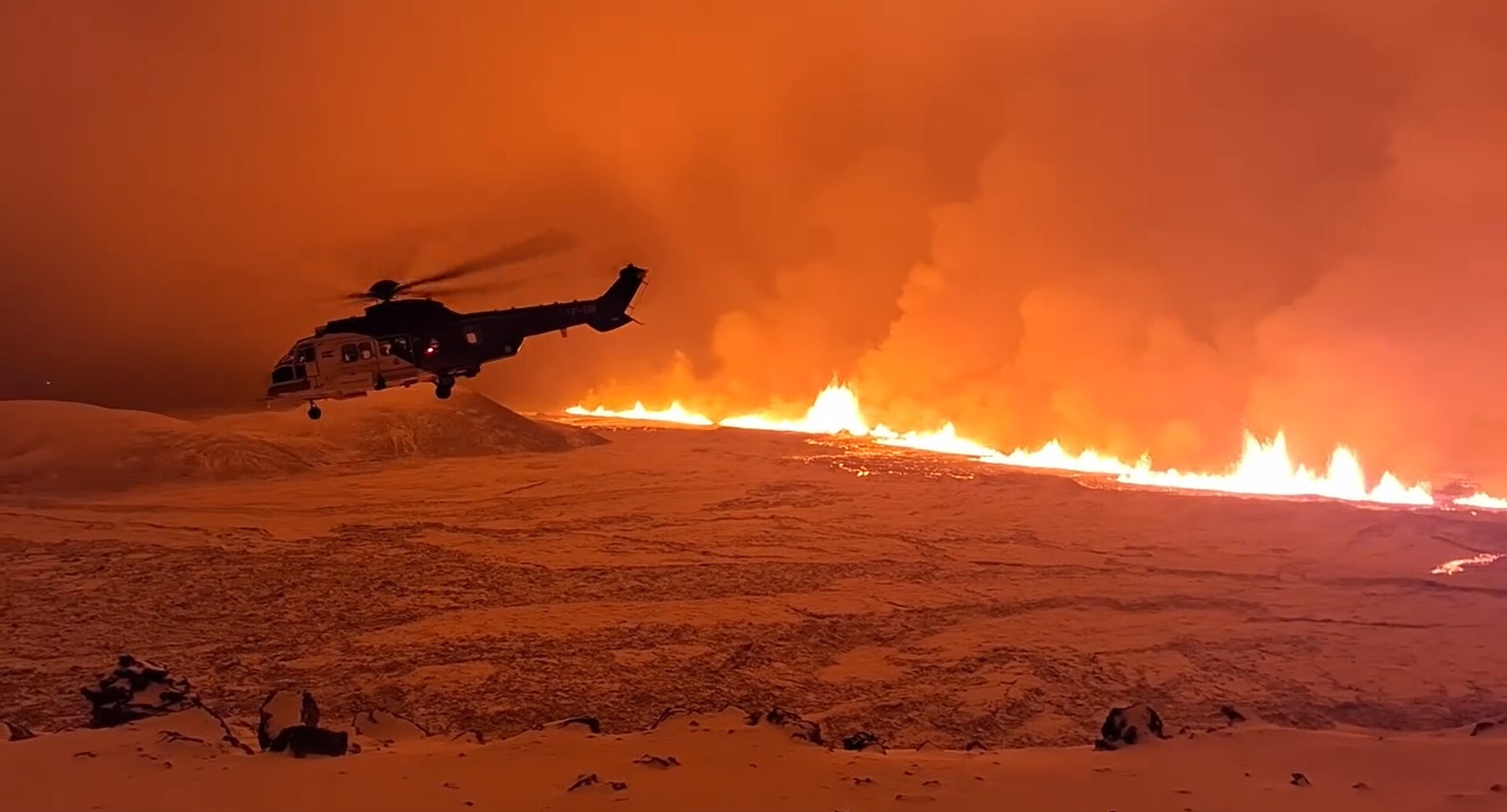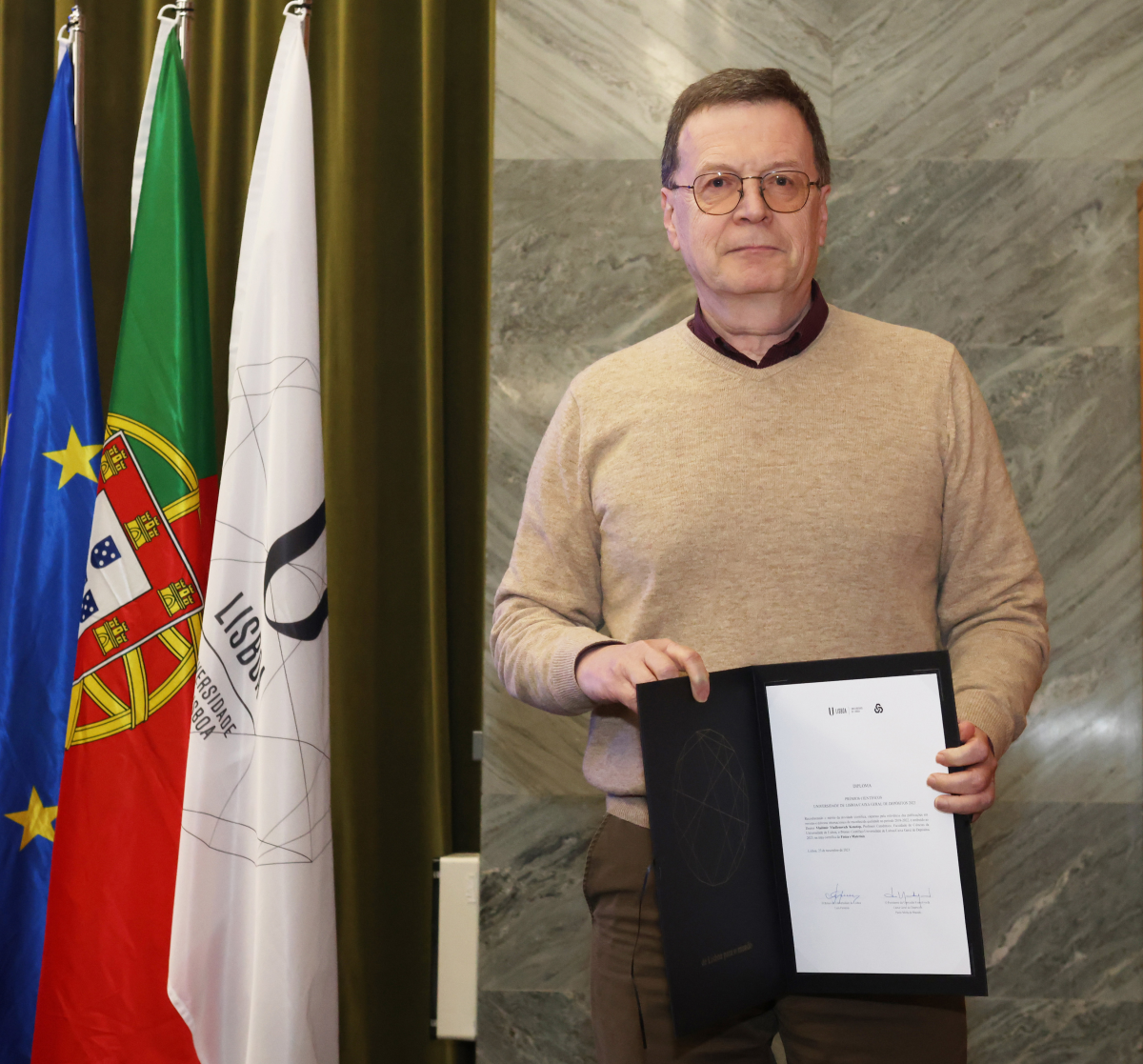“The strength of the eruption that began about four hours ago appears to be diminishing,” the Icelandic Meteorological Institute (IMO) explained on its website.
The institute noted that “the decrease in activity is not an indication of the duration of the eruption, but rather that the eruption is stabilizing,” noting that a similar trend was observed at the beginning of previous eruptions on the Reykjanes Peninsula.
The Reykjanes Peninsula, south of the capital Reykjavik, survived volcanic eruptions for eight centuries, until March 2021.
Since then, two more events have occurred, in August 2022 and July 2023, signaling to volcanologists that volcanic activity has resumed in the region.
On November 11, residents of the picturesque village of Grindavik, with a population of 4,000 people, were evacuated as a precaution after hundreds of earthquakes caused by the movement of magma beneath the Earth’s crust, in preparation for a volcanic eruption.
Since then, these Icelanders have only been able to visit their homes at certain times of the day.
The volcanic eruption, the fourth in three years, “began a few kilometers northeast of Grindavik,” shortly after 10.30 p.m. on Monday, the Meteorological Service announced in a statement, explaining that the aviation color code had changed to “red.”
Icelandic airport operator ISAVIA confirmed on its website that “at the present time, there are no disruptions to arrivals or departures at Keflavik Airport.”
Thirty-two volcanic systems are active in this land of fire and ice, the most volcanically active region in Europe.
The most significant eruption occurred in 2010, when the Eyjafjallajökull volcano caused huge clouds of ash that for days affected the air and flights across Europe.

“Hardcore alcohol maven. Hipster-friendly analyst. Introvert. Devoted social media advocate.”

